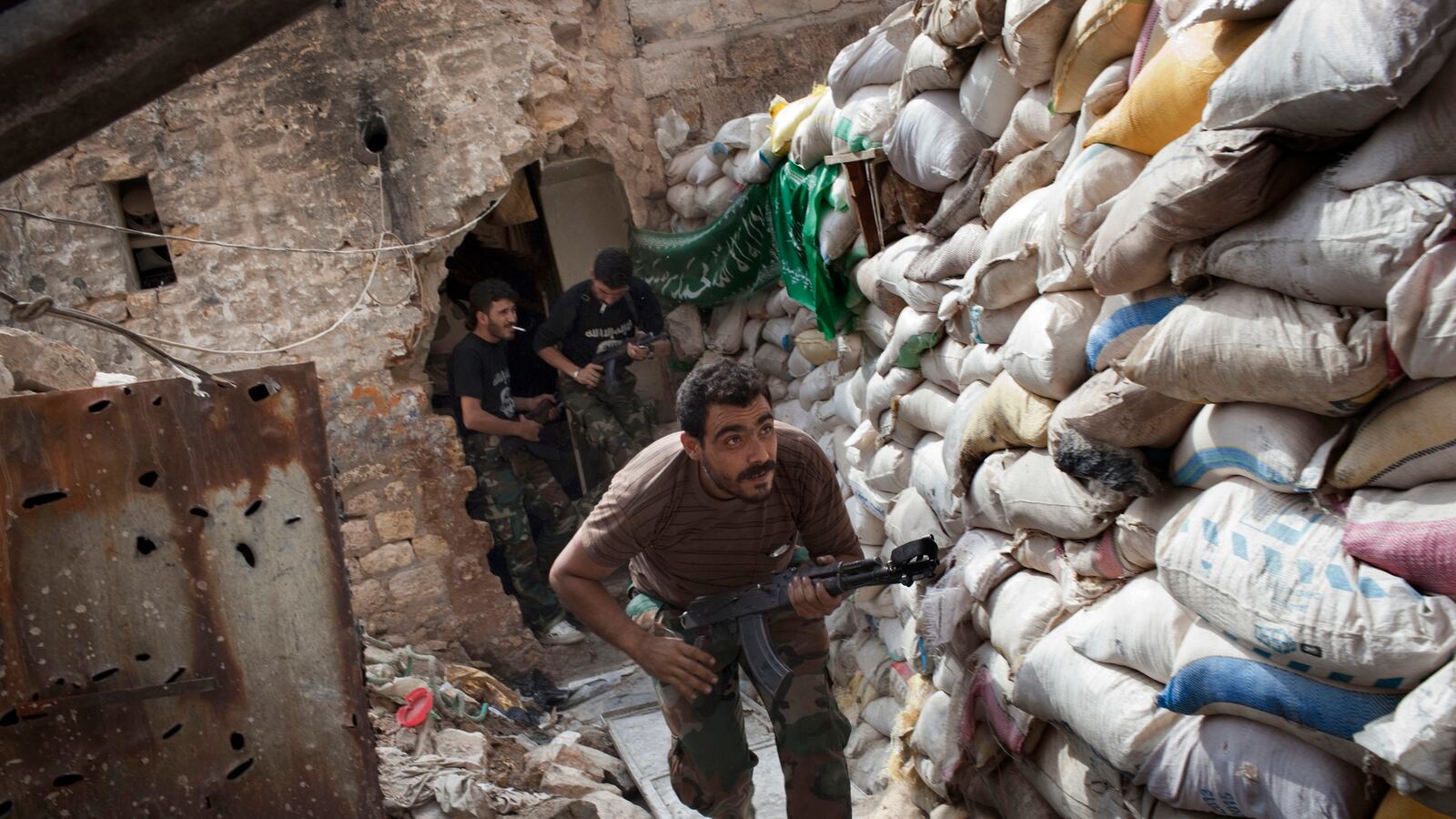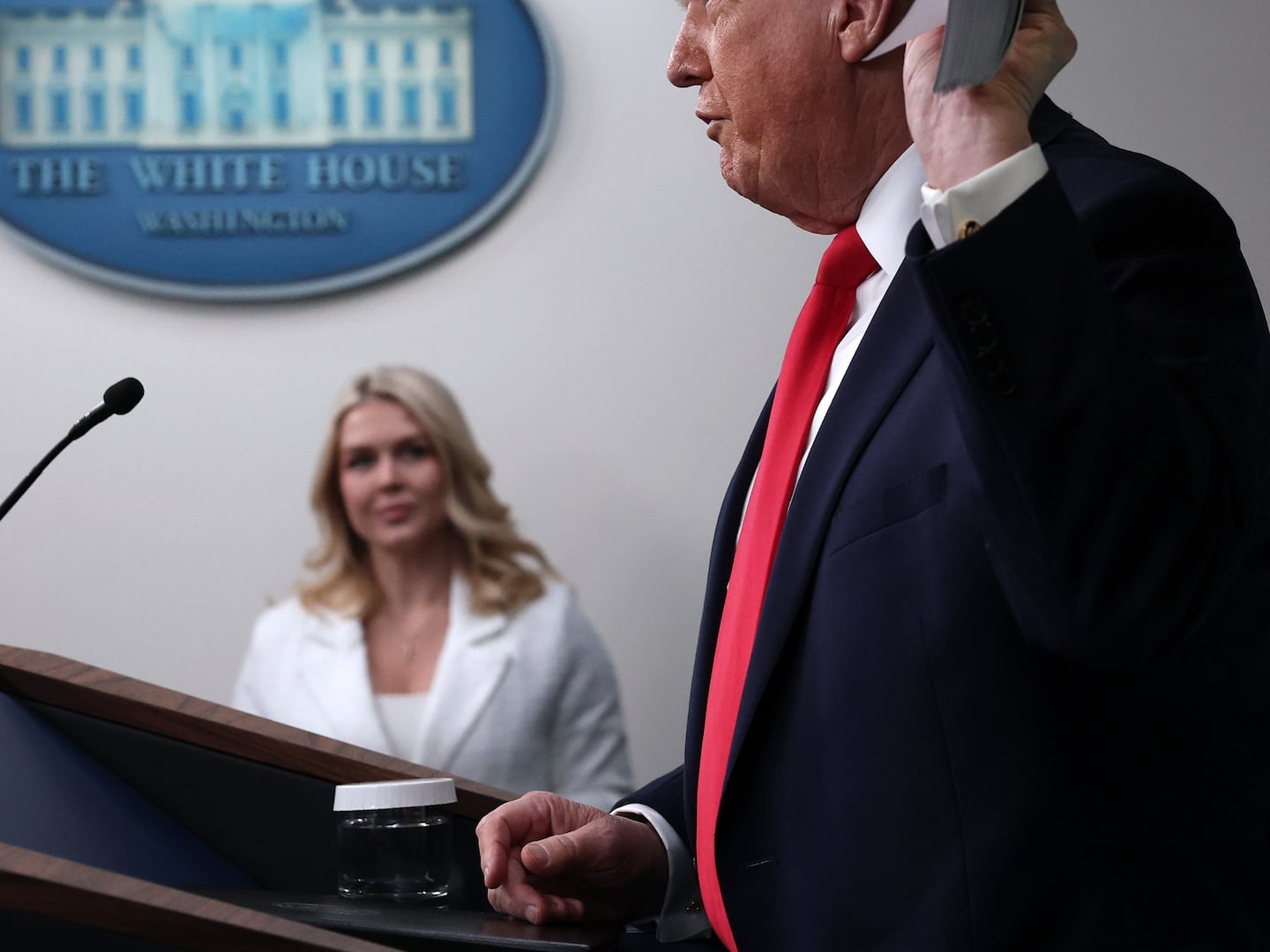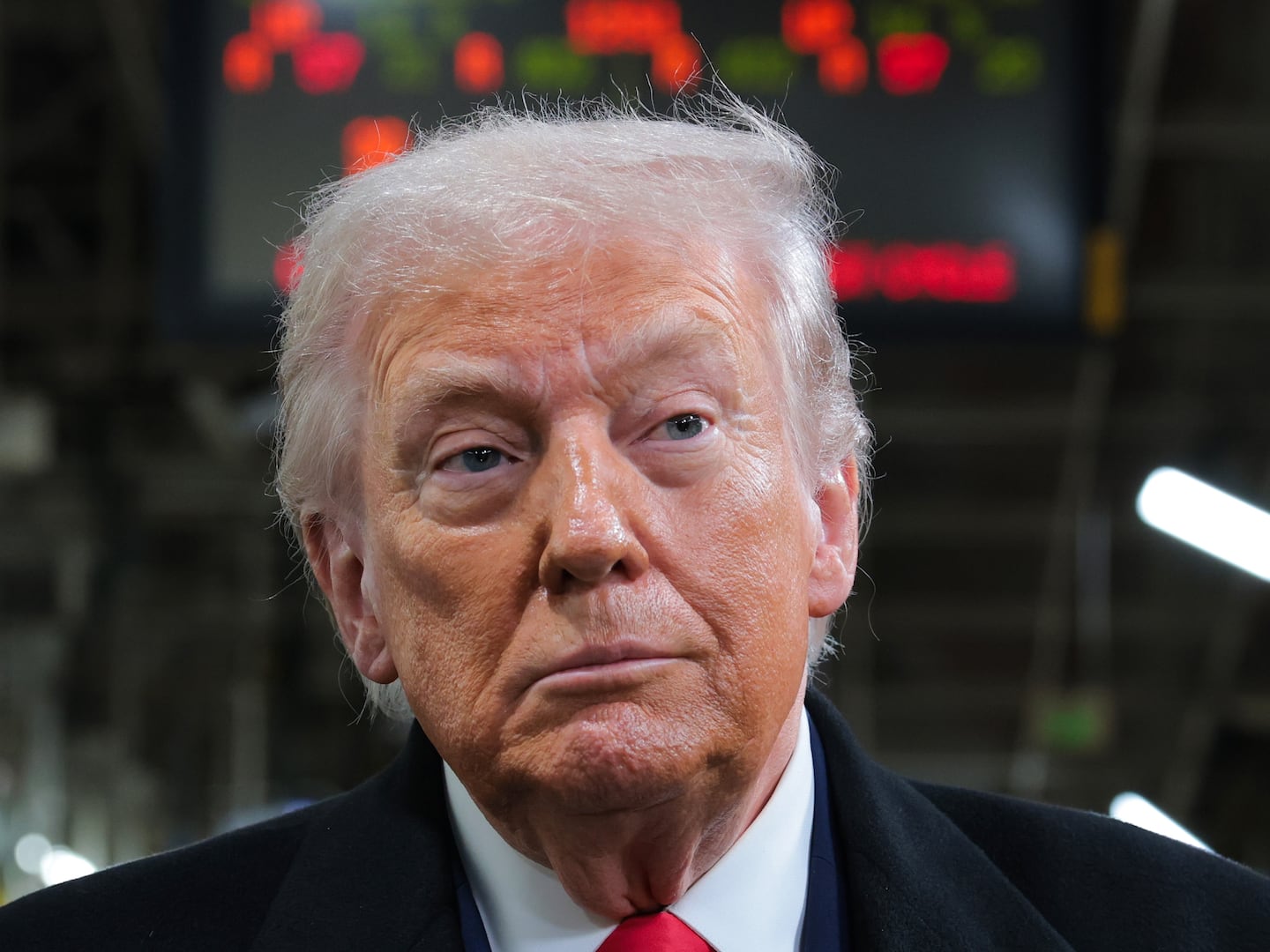A secret U.S. contingency plan to secure Syria’s chemical weapons in the event the Bashar al-Assad regime falls has a very low probability of success, say current and former U.S. officials briefed on the operation.

The plan, first developed by the U.S. military’s Joint Chiefs of Staff nearly two years ago and later overseen by the Defense Threat Reduction Agency, would send small teams of native Arabic speakers into Syria from Jordan to handle and dispose of Syria’s chemical agent and establish remote monitoring of the country’s chemical warheads and artillery.
But the plan was never assessed to have much of a chance of working. One congressional staffer who was briefed on multiple iterations called the proposal a “Hail Mary play,” referring to a long touchdown pass at the end of a football game that rarely succeeds. Other officials said one reason President Obama quickly embraced Russia’s offer this month to help disarm Syria’s chemical weapons stocks was how little faith military and intelligence community leaders had that the plan on the books would succeed.
The outlines of the proposal were first reported in December, when CNN confirmed that Western military contractors were training teams of rebels in Turkey and Jordan in disposal and monitoring of chemical weapons in Syria.
But The Daily Beast has learned more details. The eight- to 12-person teams would be equipped with Chemical Biological Radiological Nuclear (CBRN) suits and a portable system that can render toxic chemicals inert through a process that dilutes the agents with powerful jet streams of water known as the Field Deployable Hydrolysis System (FDHS), according to current and former U.S. officials familiar with the planning.
Those teams would try to dispose of the stocks of chemical agent before they were poured into a warhead or artillery shell. It was deemed too risky to try to disarm or move those chemical munitions, according to these officials. Instead the teams would establish electronic monitoring of the chemical munitions with portable sensors, cameras, and geo-location trackers.
“People were doing planning recognizing that we might be called upon for a challenging mission to send in teams to secure chemical weapons in the event of a regime collapse,” said Gary Samore, who served in Obama’s first term as the White House coordinator for arms control and weapons of mass destruction.
Samore declined to discuss specifics of the plan, but he did say that for now the Russian offer appeared to be much more likely to secure more of Syria’s chemical weapons stocks than the U.S. proposal.

Daniel Kaszeta, the managing director of Strongpoint Consulting Limited, which specializes in CBRN issues, said the plan to use Jordanian proxies to neutralize the chemical agents “depends on a high degree of accuracy for our intelligence.”
Kaszeta, a former U.S. Army Chemical Corps officer and former U.S. Secret Service chemical weapons defense specialist, said the process of “mobile hydrolysis” or using the FDHS “might work” for the bulk agents before they are poured into a warhead or artillery shell. But he said the process of disarming a chemical warhead or artillery shell is more complicated.
“You need to drill a hole in the side of a high explosive rocket and suck the stuff out,” Kaszeta said. “You don’t want some guy with a Home Depot drill and hope for the best, because the worst could happen. If you don’t know how well made the weapon is, you don’t want to drill in the wrong bit.”
The contingency plan relies heavily on training non-American Arabic speakers in part because both Congress and the White House asked for a proposal that would not require the U.S. military to send thousands of troops into Syria. Gen. Martin Dempsey, the chairman of the Joint Chiefs of Staff, has said securing Syria’s chemical weapons arsenal would require up to 70,000 troops. The United States estimates the Syrians have about 1,000 metric tons of chemical agent.
While any effort to disarm Syria’s chemical weapons in the middle of a civil war is hard, the prospect of doing that unilaterally with small covert teams is particularly difficult. Michael Eisenstadt, a senior fellow at the Washington Institute for Near East Policy, said there are problems with sending small teams of foreign nationals into Syria on this kind of mission. To start, he said, Syria’s military has moved stocks of chemical weapons around the country. “Even if we had a good idea of the bases where this stuff was moved to, we would still need to know what buildings they were stored in,” he said.
Eisenstadt added: “The idea of small covert teams snooping around bases that are going to be taken over without being found out just ain’t gonna happen unless we are doing it in cooperation with the forces that liberated them.” Such cooperation also presents a problem, he said, as some of the rebel forces are affiliated with al Qaeda.

Samore said that despite differences with Russia on Syria at the U.N. Security Council, there were constructive talks with Moscow about Syria’s chemical arsenal. “We had a good dialogue with the Russians about what steps we could take to respond if there was chemical weapons use, what kinds of actions they would take,” Samore said. “Some of this was a White House–led effort and some of this was the State Department and Pentagon talking to their counterparts. It was one of the few areas where we were able to have a constructive dialogue.”
Samore also acknowledged that Russia has not said publicly at least that the Assad regime used chemical weapons on August 21. Still, Samore added that on two occasions the Russians had discreetly warned Assad about using the weapons.
Kaszeta said, “The Russia proposal is the least bad plan, and God knows it might just work.”
The United States itself has been slow to dispose of chemical weapons on its territory, beginning the process of eliminating its 30,000 tons of poison gases in 1990. The disposal is not likely to be finished before 2023.
White House National Security Staff Spokesperson Caitlin Hayden, like Samore, declined to talk about the details of U.S. contingency planning. “It would be premature to outline the specifics of the destruction program,” she said. “There are currently no plans to have American boots on the ground inside of Syria.”






